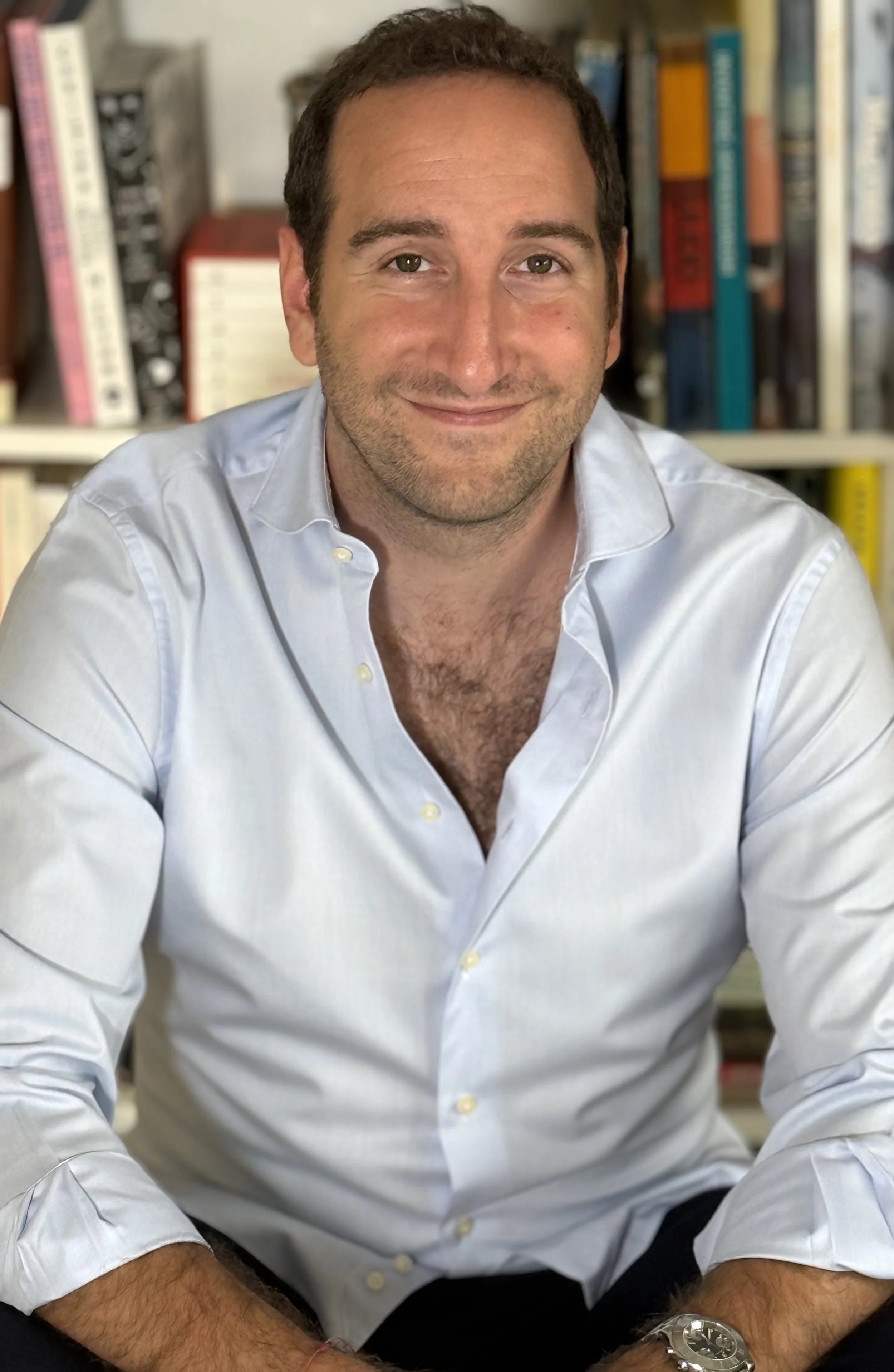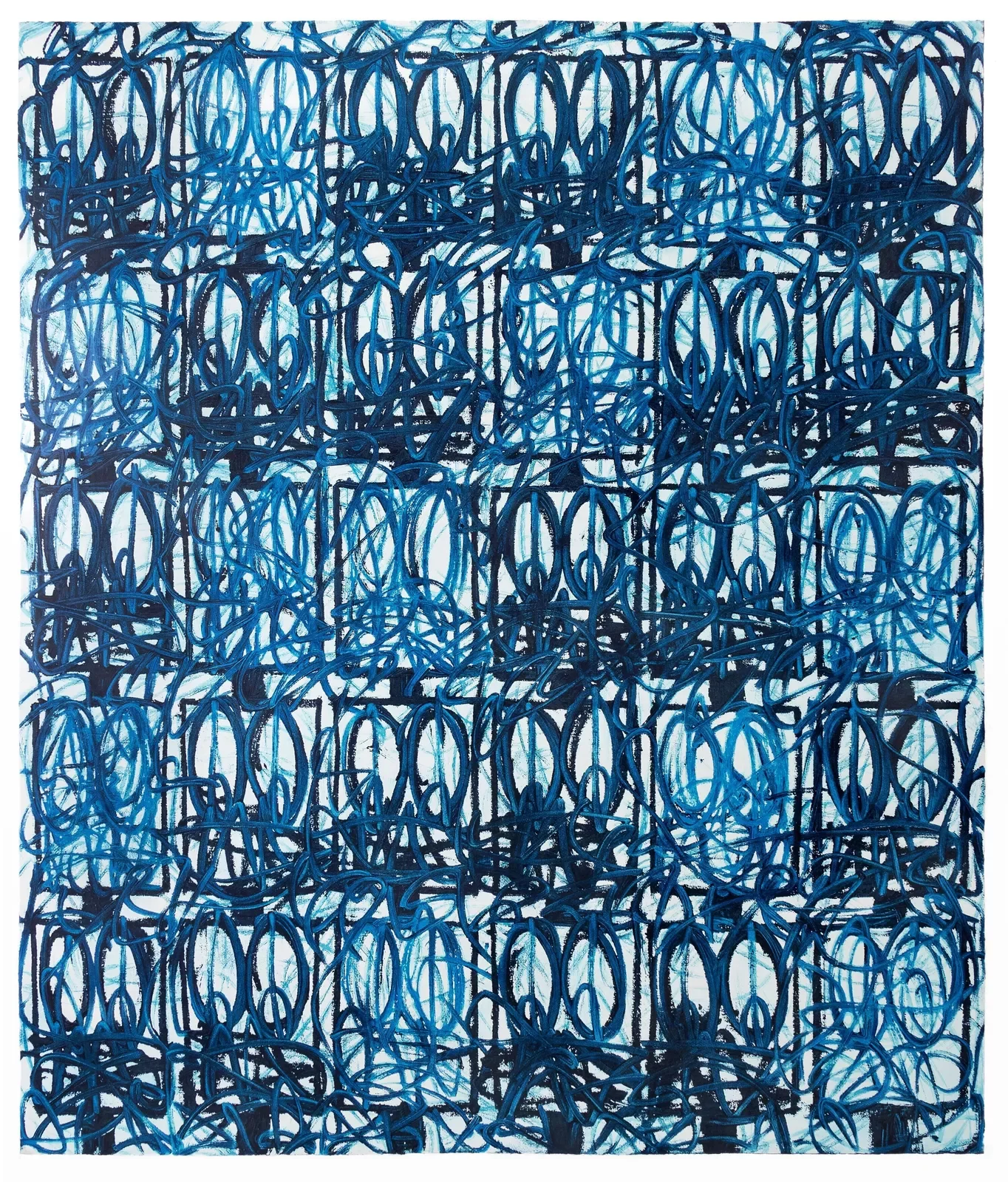Connecting Global Collectors: Eirini Meze Interviews Elliot Safra of The Art Marketplace
Eirini Meze, co-founder of MeSo Ventures, sat down with Elliot Safra, founder of The Art Marketplace, for a conversation about the future of art transactions in a digital-first world. The Art Marketplace is a discreet platform designed to connect collectors, advisors, and consignors globally, bridging gaps between regional markets that are often hard to access. Unlike traditional auction houses or mega-galleries, it emphasizes trust, privacy, and efficiency—making it possible for a collector in London, for example, to source a Colombian Olga de Amaral without needing direct regional ties.
In this interview, Eirini and Elliot discuss the platform’s approach to privacy, compliance, and shipping logistics, as well as its early growth strategy and evolving user base. They also touch on broader industry challenges, from rejecting unrealistic consignments to developing tools for long-term market transparency.
Protecting Privacy in Online Art Marketplaces
Eirini Meze: Let’s start with a big question. How do you deal with privacy on the platform, especially when it comes to images of artworks?
Elliot Safra: Privacy is crucial. If we are entrusted with a client’s work, the last thing we want to do is ‘burn’ it by spreading it around needlessly. For this reason, we don’t display images of the artworks publicly, only general information. Only once we have diligenced an incoming inquiry and qualified a buyer, do we check with a consigner if they would be okay for us to share the image and artwork details with the potential buyer.
Eirini Meze: Right, because the whole point is not to “burn” a work by showing it to the whole world before there’s a real lead.
The Art Marketplace website
The Motivation Behind Launching The Art Marketplace
Eirini Meze: Let’s take a step back. What was the motivation for starting the platform?
Elliot Safra: We noticed that collectors and advisors often had strong local or regional networks but not truly international ones. If you’re a top advisor in London, you probably know collectors in the main international markets like London, Paris, New York… But are you connected to the Taiwanese market? Or the Colombian market? Probably not. Our platform solves that gap by creating an international network for collectors and advisors without forcing them to rely only on the major auction houses or mega-galleries.
Bridging Regional Gaps: Connecting Collectors Worldwide
Eirini Meze: That makes sense. For instance, if someone in London wants to buy an Olga de Amaral in Colombia, it’s nearly impossible for them to know who owns one.
Elliot Safra: Exactly. Our platform makes those connections possible.
Numbers by Robert Indiana
Artwork Submissions: Criteria and Rejections
Eirini Meze: Let me ask about submissions. Have you ever rejected works from being listed on the platform?
Elliot Safra: Yes, we have. Some works simply don’t fit our criteria or come with an unrealistic value expectation. We focus on artists with an active secondary market and works priced mostly under $1.5 million in the post-war and contemporary category. If someone uploads an emerging artist without a resale market, or asks three times above the market price, we’ll either have a conversation with them about adjusting the price or reject the listing completely.
Compliance in the Art Market: KYC and Due Diligence
Eirini Meze: And what about compliance? Do you do KYC checks?
Elliot Safra: Of course. We started by doing them in-house, but we’re now outsourcing to specialized third-party providers who already work with galleries and auction houses.
Early Growth Strategy: Private Launch to Public Scaling
Eirini Meze: Let’s talk about growth. How did you launch?
Elliot Safra: We started privately. For the first three months, it was friends and family only. That allowed us to test the process—shipping, escrow, contract, KYC—before scaling. We officially opened up to the public in April, refined things over the summer, and then launched more widely in September. We’ve got a couple of marketing and press content pieces coming out in the next couple of weeks.
Untitled Large Bruise by Rashid Johnson
Secure Art Shipping and Condition Guarantees
Eirini Meze: And shipping? How does that work?
Elliot Safra: We arrange shipping directly to the buyer using the top art shipping companies. They do condition reports at pick-up, and again when delivered. If a work arrives in a materially different condition, we offer a two-week buyback guarantee—no questions asked. The buyer only covers shipping, and we take on the liability.
Building Trust: Vetting Buyers and Sellers
Eirini Meze: Tell me about the network itself. How do you check sellers and buyers?
Elliot Safra: When someone uploads a work, we first check whether they’re in our network. If not, we look for two people within our network to vouch for them. Then we review the artwork details, condition, and price. On the buyer side, we do similar checks—why are they buying, for whom, and does what they are looking for match the uploaded work? Once both sides align, we facilitate the transaction.
Cow by Andy Warhol. Cow is part of a series of prints by Andy Warhol and is currently listed on the platform.
Current User Base of The Art Marketplace
Eirini Meze: What’s your user base like right now?
Elliot Safra: About 8,000 people have interacted with the platform, and around 600 are active weekly. Roughly one-third are in Europe, one-third in the US, and one-third in Asia. Collectors make up about 37% of the user base.
Why The Platform Excludes Old Masters (For Now)
Eirini Meze: Do you plan to deal with Old Masters?
Elliot Safra: Not at the moment. The complications around condition, provenance, and attribution make it less appealing for us right now.
Future Features: Ratings, Transparency, and Market Data
Eirini Meze: And what’s next for the platform?
Elliot Safra: We’re working on a rating system for consignors, so we can track reliability and response speed. We’re also exploring whether to show some “sold lots”—not images, but descriptions—so users can get a sense of market dynamics. Eventually, as the volume grows, this could be a valuable feature for transparency.
Eirini Meze: I agree. Tracking sold works—even just as data—would help collectors see market movement in real time.
Elliot Safra: Exactly. It’s one of the interesting areas we are exploring to create long-term data value.







